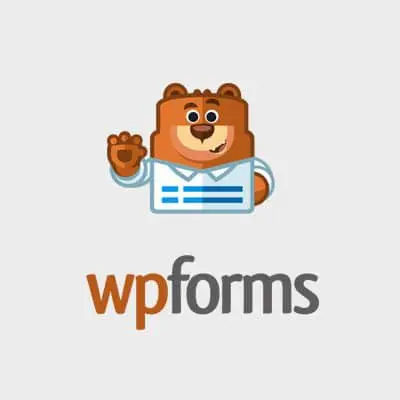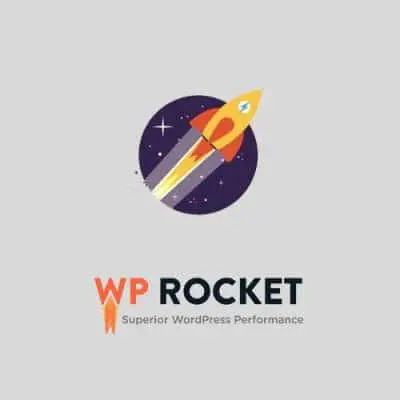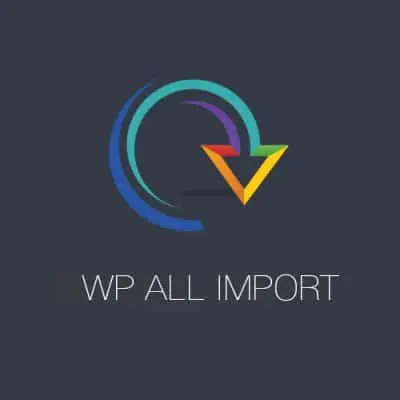With WPML, you can bridge language barriers effortlessly. This plugin lets you translate posts, pages, and even complex content like eCommerce products and custom post types. Think of it as hiring a talented team of translators who work around the clock to ensure your site can connect with anyone, regardless of where they’re from. The best part? You don’t need to be a coding wizard. WPML’s user-friendly interface makes it easy to navigate through the translation process, giving you the power to reach global audiences with just a few clicks.
Have you ever tried ordering food in a place where they only spoke a different language? Frustrating, right? The beauty of WPML is that it prevents that kind of confusion on your website. You can provide language flags, allowing visitors to switch languages seamlessly. It’s like having a multi-lingual GPS that guides users through your content in the language they’re most comfortable with.

WPML wordpress plugin
Why Choose WPML for Multilingual Sites?
First off, WPML stands out because it’s user-friendly. Ever tried translating a section of your site only to drown in a sea of technical jargon? With WPML, you won’t have to. Its intuitive interface makes managing your translations simpler than picking an ice cream flavor. Just a few clicks, and you’re well on your way to reaching a global audience.
Think about it – by having your site in multiple languages, you’re not just throwing a fancy party; you’re opening the doors to a worldwide audience. WPML doesn’t just help with translations; it boosts your SEO too. Imagine having your content optimized for different languages. That’s like bringing a megaphone to your party. Everyone hears the fun you’re throwing, and your traffic skyrockets.
One of the coolest features WPML offers is its ability to work seamlessly with popular themes and plugins. It’s kind of like having a versatile Swiss Army knife ready for any situation – no compatibility headaches here! You can easily turn your flagship site into a multilingual powerhouse without redoing the whole thing from scratch.
So, if you’re looking to engage with different cultures and make sure your message resonates, WPML is your best bet. It’s reliable, efficient, and designed for those who want to take their site across borders with minimal fuss. With WPML, the world truly becomes your oyster. So why settle for local when you can go global?
How to Set Up WPML on Your WordPress Site
First thing’s first: install WPML! Head over to the plugin repository, and you’ll need to grab the WPML Multilingual CMS. Just like ordering pizza, follow the prompts—you select, you click, and voilà! It’s in your plugin list. After activating it, you’ll see that friendly WPML setup wizard pop up, guiding you like a GPS through the multilingual maze.
Next, you want to choose your site languages. Think about your audience as if it’s a global party. What languages will your guests speak? This is where you define your main language and add any additional ones. WPML makes this a breeze; just check the boxes, and you’re ready to mingle!
Now, let’s talk about translating your content. You can either do it yourself or assign the task to a professional. It’s like cooking; do you want to try that master chef recipe, or would you rather outsource it to someone who knows the ins and outs? With WPML, you can manage translations right from your dashboard and even make use of their Translation Management feature—it’s like having a personal trainer for your text!
Don’t forget about tweaking your URLs! It’s essential for SEO. WPML helps you keep things tidy so that search engines understand your multilingual setup. Think of it as ensuring your best party guest knows which room to head to.
With these steps, you’re well on your way to making your site a multilingual success, ready to welcome visitors from all corners of the world!
Translating Content with WPML: Step-by-Step Guide
First things first, ensure WPML is installed and activated on your WordPress site. Think of this as fueling your rocket—without it, you’re not going anywhere! Once it’s active, kick things off by defining your site’s default language in the WPML settings. This is like setting your destination before takeoff.
Next, you’ll head over to the “Translation Management” section. Here’s where the magic happens! You’ll see a list of all your content. Select what you want to translate and click “Add.” It’s as simple as picking which layer of the cake you want to devour first!
Now, choose the language you’d like to translate to. WPML supports a plethora of languages, so whether you’re aiming for Spanish, French, or even Swahili, you’re in good hands. Once you’ve selected, you can either assign translators from your team or use WPML’s automatic translation feature. Imagine it like having a personal tour guide—handing over the reins can save you tons of time!
As translations flow in, you’ll want to review and edit them for accuracy. This part is crucial; after all, you wouldn’t want someone ordering a “dog” when they meant “log,” right? And once everything looks good to go, hit that “Publish” button! Voilà—you’ve just launched your multilingual site into the stratosphere, reaching users worldwide in their own languages!
WPML’s Impact on SEO and International Reach
Imagine your website as a cozy little café in your neighborhood. It’s got the best coffee, but only a handful of locals know about it. Now, if you put up a big sign in several languages, suddenly, folks from all over town (and beyond) start dropping by. That’s the magic WPML brings to your online presence. By offering your content in multiple languages, you’re essentially rolling out the red carpet for international visitors.
When you translate your website using WPML, it doesn’t just help you connect with diverse audiences; it also sends signals to search engines. In a world where Google favors localized content, having a multilingual site can boost your rankings. Think of it as a magnet drawing in traffic from different regions. More visitors mean higher engagement, and guess what? Search engines love that!
And let’s not forget about user experience! Providing information in a user’s native language can dramatically improve their interaction with your site. It’s like having a tour guide who speaks their language, making them feel welcomed and understood. This, in turn, leads to longer stay times and lower bounce rates—two essential factors for a robust SEO strategy.
Common WPML Add-Ons for Enhanced Functionality
Let’s talk about some common WPML add-ons that can really amp up your site’s performance. First off, we have the WPML String Translation. Think of this as your site’s secret weapon for translating theme and plugin texts without touching the code. No more poking around in the backend trying to make sense of strings – just a simple interface that puts everything at your fingertips.
Next up is the WPML Translation Management. This nifty tool is like a project manager for your translation tasks. It allows you to assign different translations to various team members. Imagine a movie crew working together to create a blockbuster; that’s how efficient your translations will become!
Then there’s the WPML Media Translation add-on. This one’s like a superhero cape for your media library, allowing you to translate images, videos, and more, ensuring consistency across languages. You wouldn’t want your French visitors staring at English thumbnails, right?
And let’s not forget about WPML SEO. Just as you’d polish a car before a road trip, this tool fine-tunes your multilingual SEO, ensuring your site ranks well in search engines across different languages. You’re not just building a multi-language site; you’re creating a global presence!
With these add-ons in your arsenal, your WPML experience can go from good to absolutely phenomenal. Why settle for average when you can elevate your website into the must-visit destination for users around the globe?
Frequently Asked Questions
What Are the Benefits of Using WPML for a Multilingual Site?
WPML enables seamless creation and management of multilingual websites, enhancing user reach and engagement. It allows for easy translation of content, themes, and plugins, ensuring consistency across languages. With WPML, you can optimize SEO for different languages, improving visibility in global search results and catering to diverse audiences effortlessly.
Can WPML Translate Custom Post Types and Taxonomies?
WPML can translate custom post types and taxonomies, allowing you to create multilingual versions of any custom content you have on your site. This ensures that all of your website’s content is accessible to users in their preferred language.
How to Manage Translations with WPML?
WPML allows you to manage translations efficiently by enabling content duplication for different languages. You can configure language settings, assign translation roles, and use the string translation feature to ensure all text is translated. Utilize the translation management dashboard to oversee the translation workflow, assign tasks to translators, and review translated content for consistency and accuracy.
What is WPML and How Does It Work?
WPML is a popular WordPress plugin that enables websites to be multilingual. It allows users to translate posts, pages, and custom content types easily. By providing a user-friendly interface, WPML helps site owners manage their translations and offers compatibility with various themes and plugins. The automation and manual control options let you create a fully localized experience for your audience.
How to Install and Set Up WPML on My Site?
To install and set up WPML on your website, first purchase and download the plugin from the WPML site. Next, upload the plugin to your WordPress dashboard by navigating to ‘Plugins’ > ‘Add New’ > ‘Upload Plugin’. Activate the plugin and follow the setup wizard to configure the language options and translation settings. Ensure you test your site after setup to verify that everything functions correctly in multiple languages.














